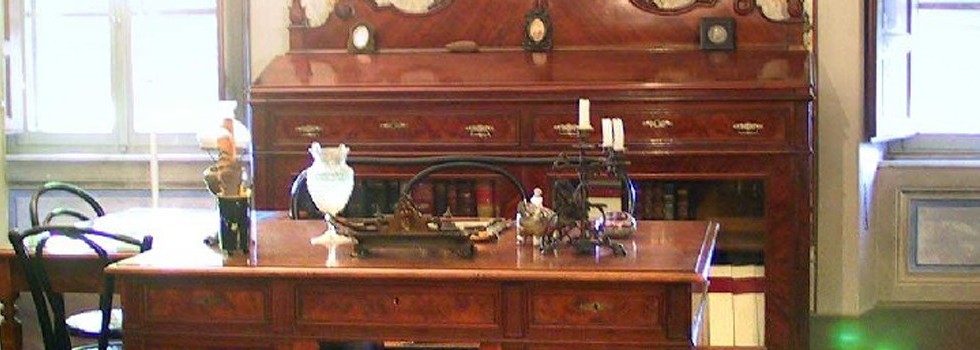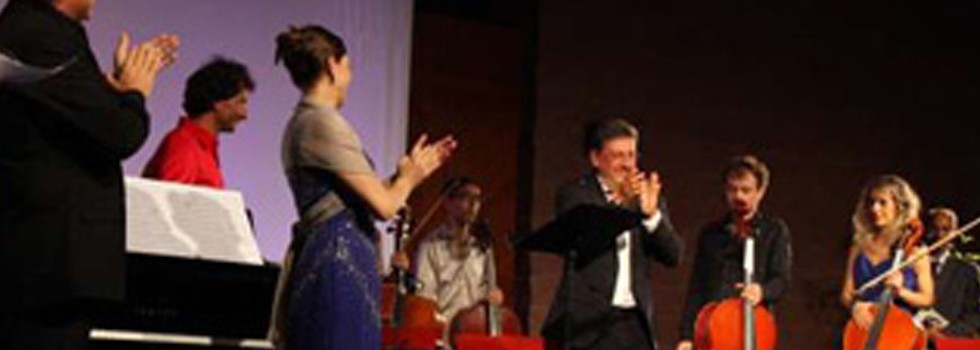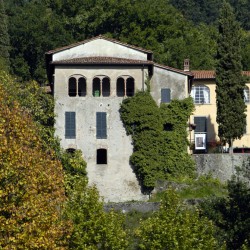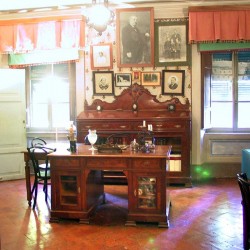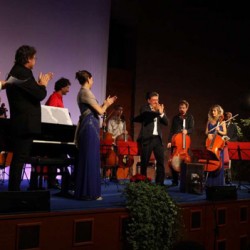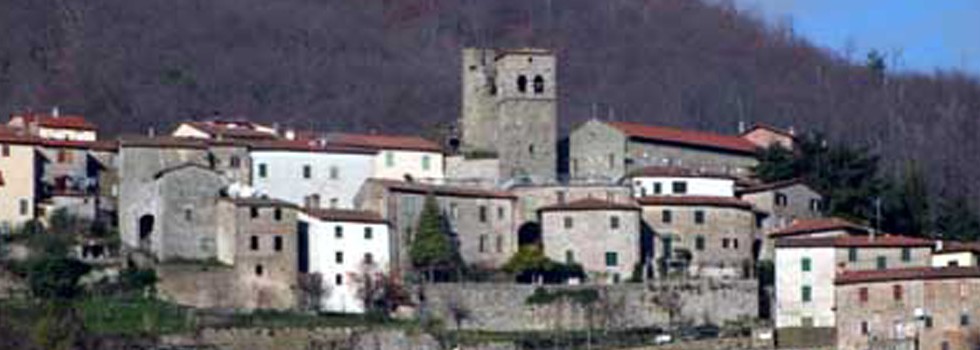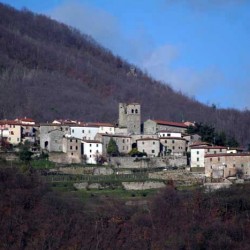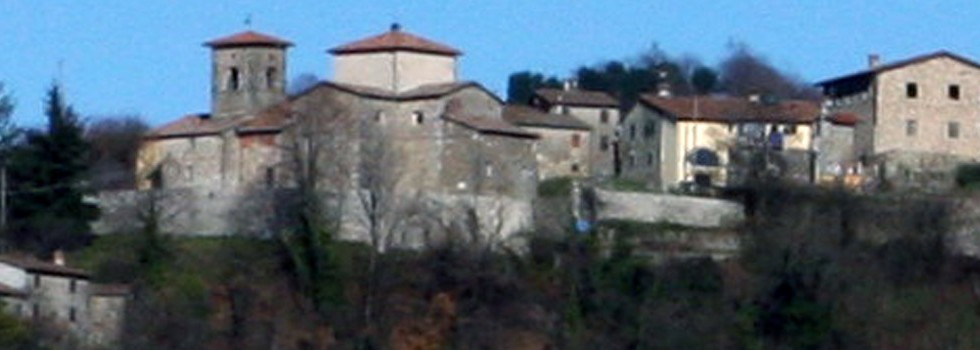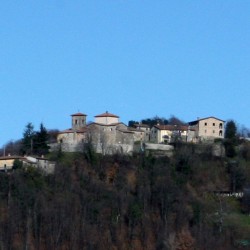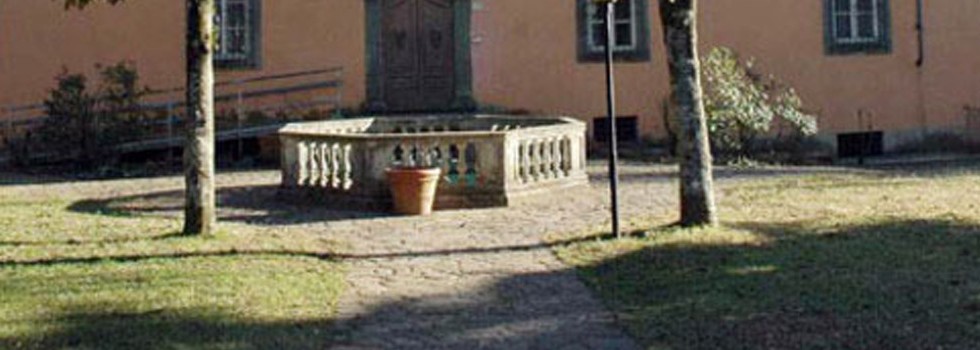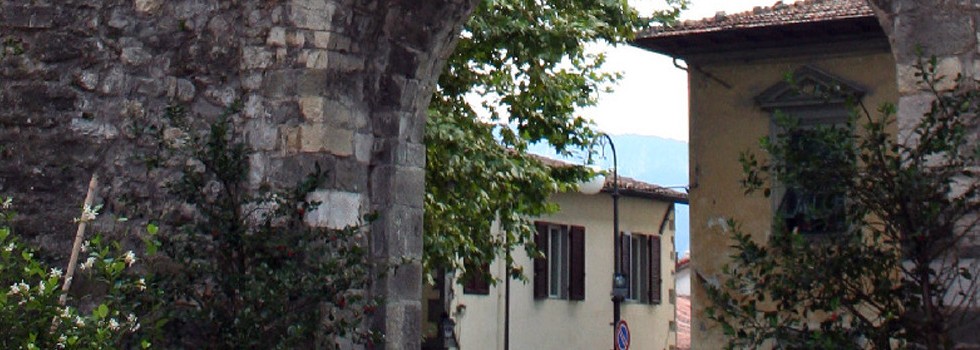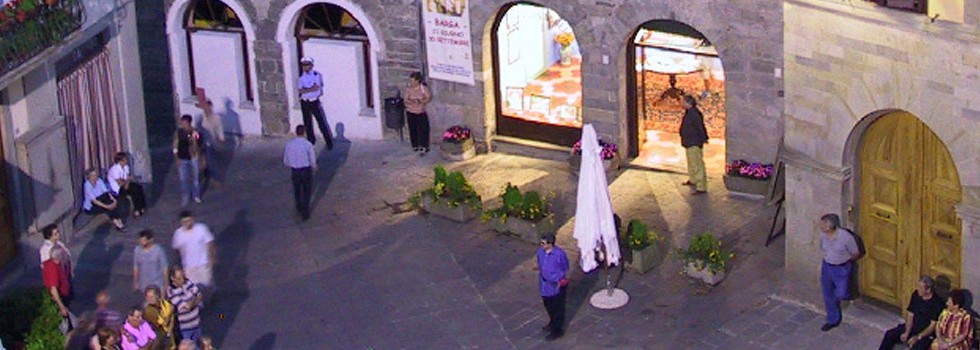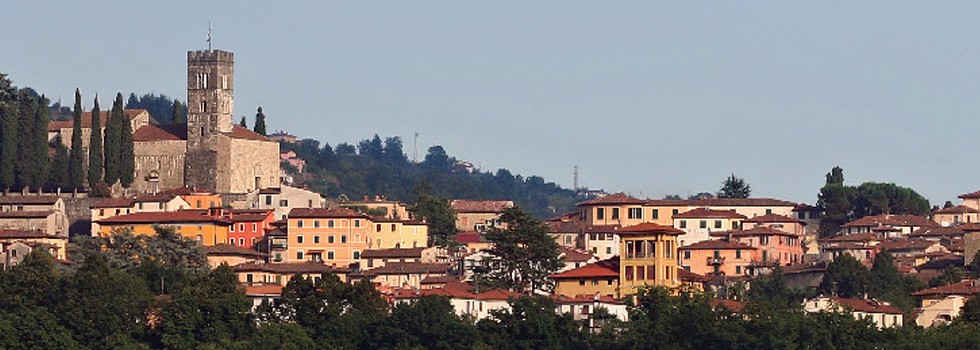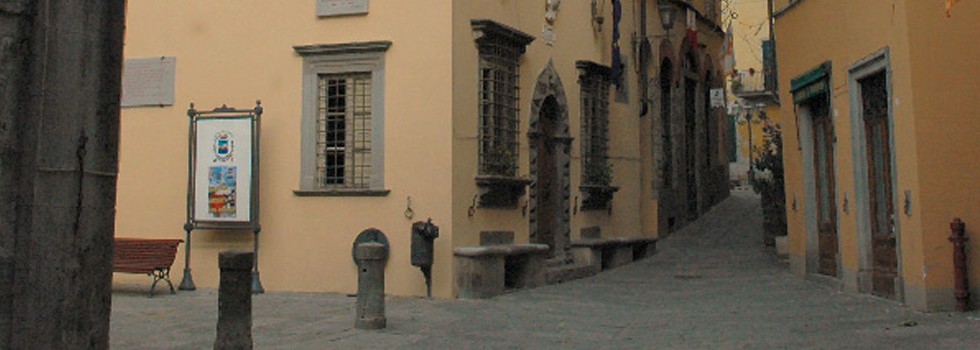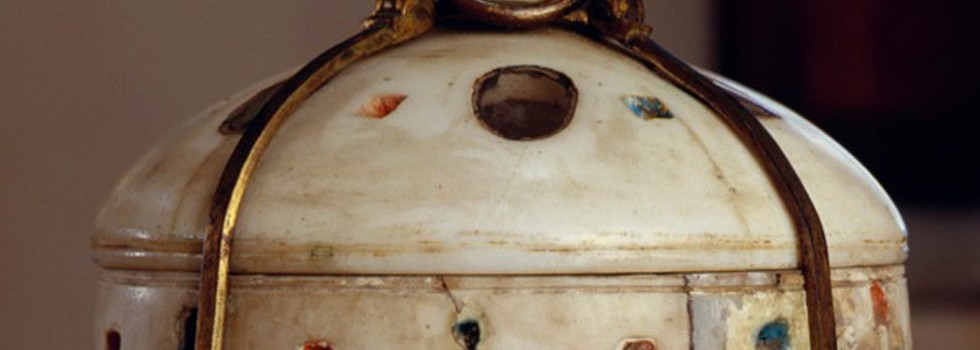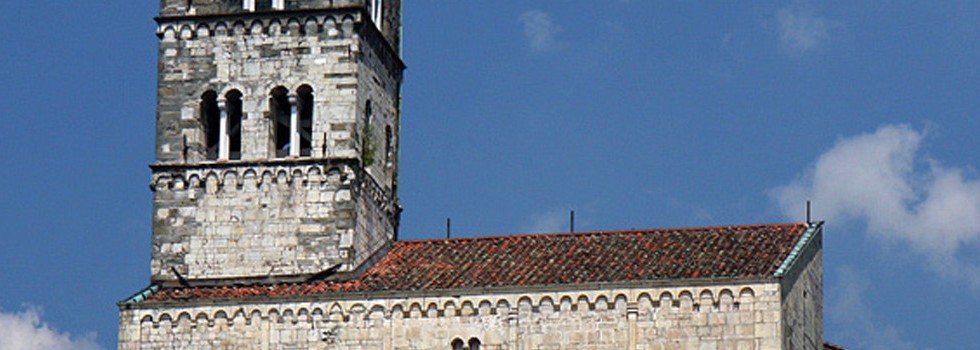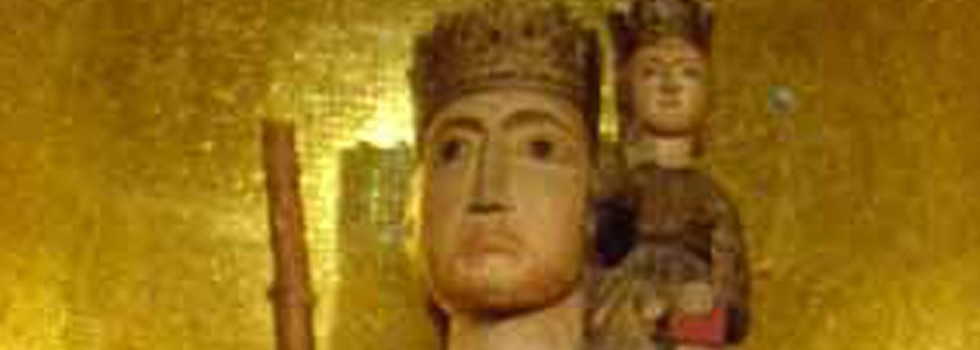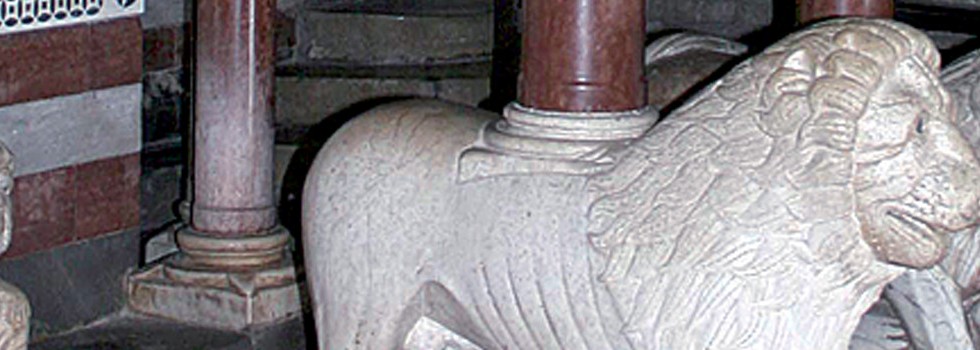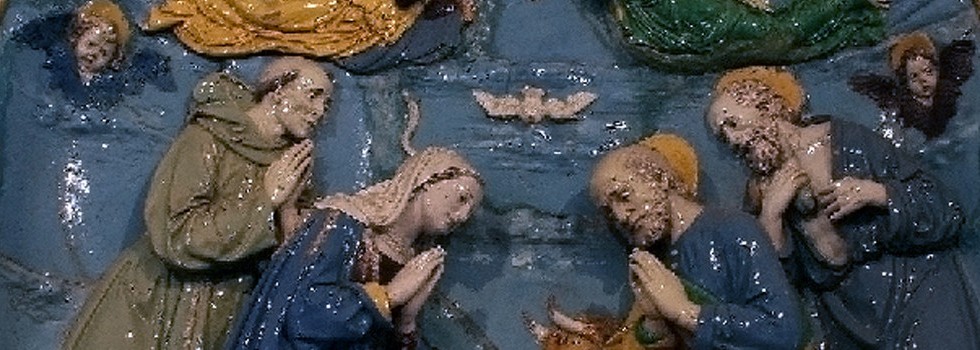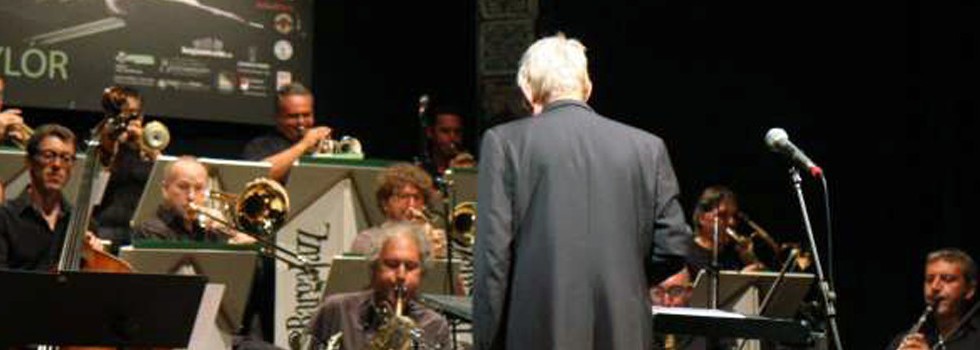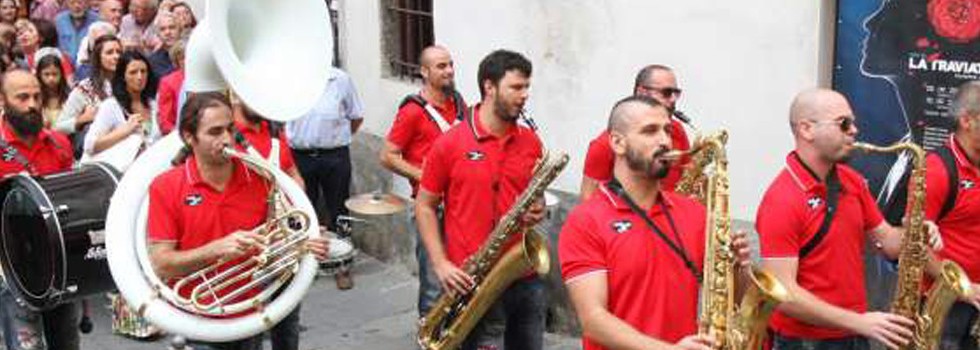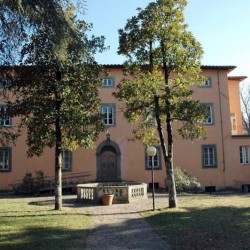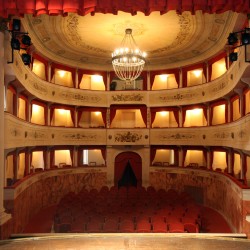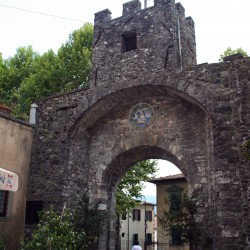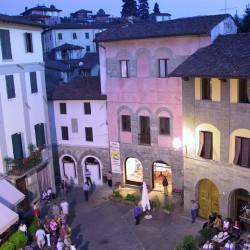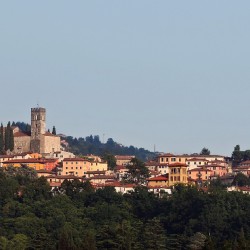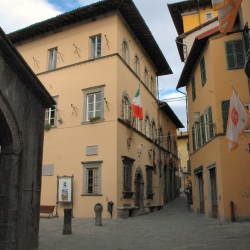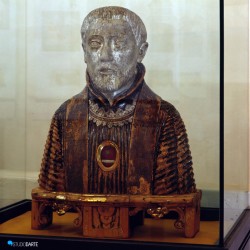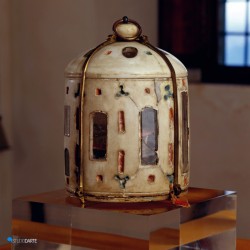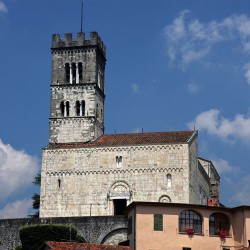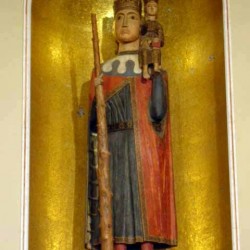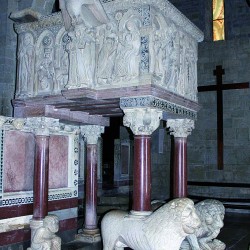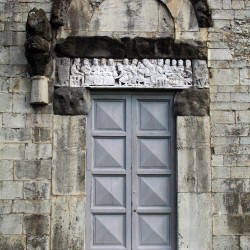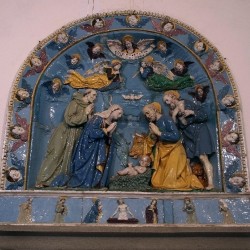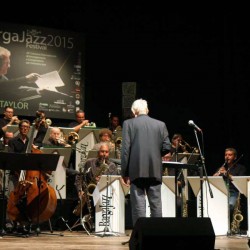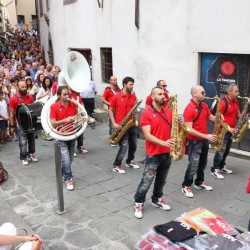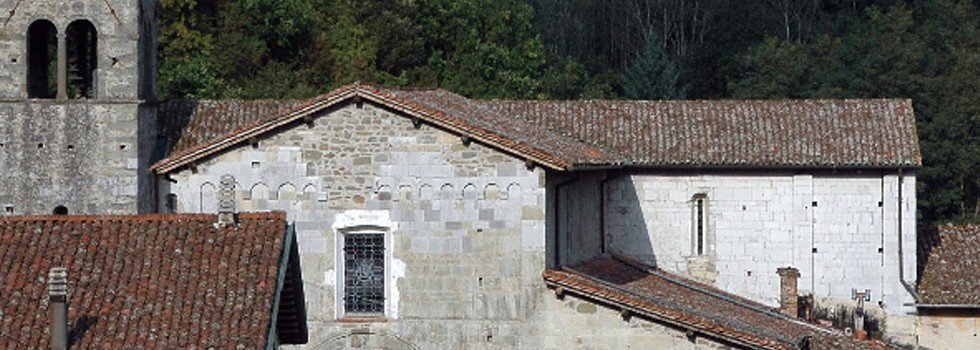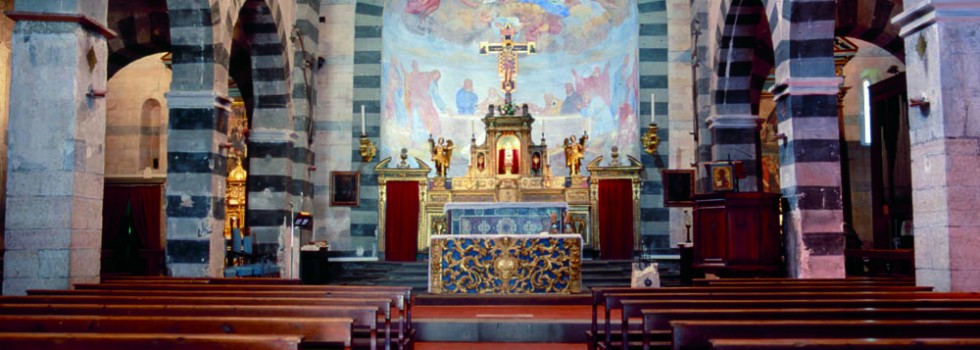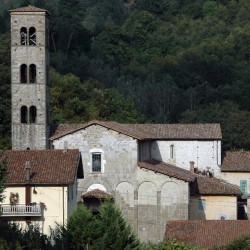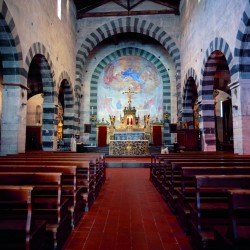The hill town of Barga (410m above sea level) is the most populated centre of the Middle Serchio Valley, and has been awarded the titles of “Uno dei borghi più belli d’Italia” (one of the most beautiful towns in Italy), “Bandiera arancione Touring Club” and “Cittaslow”.
Its artistic heritage, commercial and cultural vitality, position and distinctive historical events make Barga one of the most interesting places of the Serchio Valley, requiring the visitor to spend ample time to discover the treasures of its historical centre. Archaeological finds affirm that the territory was inhabited since pre-historic times; in historical times by the Ligurians who submitted to the Romans in the 2nd century B.C during their expansion Northwards. Of Barga, we know that in the 9th century it was the domain of the Longobard family of Rolandinghi and later through the Marquisate of Tuscany was under the empire, even if maintaining a notable independence. In the municipal period, the territory was under continual attack by the Lucchesi and the Pisani, up to 1341, when Barga preferred to submit to Florence. This represents its period of major splendor.
Palazzo dei Conti Pancrazi: in Renaissance style decorated in diamond shape stone is today the seat of the Town Hall. In the adjoining square Salvo Salvi, there is a Medici column by the Barghigiani in honour of Cosimo I in 1548, on the left side of the square, we find the “Merchants lodge” which hosted the weekly market established in 1547.
Palazzo del Vescovo (Bishop) Balduini: situated facing piazza Garibaldi built at the end of the 16th century, on order of Antonio father of Balduino Balduini of Barga, Bishop of Aversa, chief physician to Pope Giulio III. The buildings rustication and architectural features are similar to those of various edifices in Lucca and Florence and is the work of the architect Bartolomeo Ammannati. Above the central door of the façade, you can see the the Mediceo coat of arms, with the Granduchy crown. On the left corner of the façade the coat of arms of the Balduini family along with that of the lineage of Giulio III. Inside a formal courtyard in Renaissance style.
Palazzo dei Marchesi Angeli: is situated in the square of the same name, originally called piazza dell’Aiacca, is dedicated to the Humanist Pietro Angeli (1517-1596). A marble bust of the famous Humanist is set in the facade of the building. Despite various interventions, it conserves the characteristics of the 6th-century edifices.
Palazzo Tallinucci: characterized by stone arches.
Palazzo Bertacchi – Cordati: the residence of the nobility Bertacchi, today property of Cordati, was built on the ruins of an ancient tower. Its interior conserves original structures and elements of notable interest. Today it houses the permanent exhibition of the works of the artist Bruno Cordati. These aforementioned edifices and others line the street that leads from Porta Reale, through the historical centre to Porta Macchiaia, where halfway you will find the Teatro Dei Differenti, built at the end of the 7th century and extensively rebuilt in 1793 with 3 tiers of boxes.
The Duomo (cathedral) is situated the summit of the historical centre and from its forecourt you can admire one of the most suggestive panoramas of the Apuan Alps and Monte Forato.
The Collegiata of Ss Cristofero e Jacopo, known by the incorrect name of Duomo, was recorded for the first time in 988 and later in 1048, again mentioned as church under the nearby parish of Loppia. In 1256 it received the rank of baptismal font up to 1390 when its official title was decreed by the Bishop of Lucca.
Today the church has an unusual appearance in particular the façade in horizontal coping with its majestic 12th century portal. The nave and two aisles in basilican scheme show signs of later extensions, made necessary by the growing needs of community. From the original church you can see the beautiful (12th or 13th century) Holy water stoups and the remains of a fresco presenting S. Lucia, decorating the first pillar on the right. Also on the right you can see the hexagonal baptismal font enriched with a statue of S. Giovanni Battista (14th or 15th century).
The ambo thought to be the work of Guido Bigarelli da Como, is an exquisite example of the works of the maestri comacini; the decorative style being inlaid or bas-relief. The façade of the pulpit represents scenes from both the Old and New Testaments. Behind the main altar stands the imposing 3.50 m high wooden polychrome statue of San Cristoforo dating back to the early Middle Ages. The chapel on the right houses the “Terre Robbiane”. “Our Lady with Child between San Sebastiano and San Rocco (attributed to the studio of Buglione), Ciborio (attributed to Andrea della Robbia) and the Adoration of the Child.
The Museo Civico del Territorio is in the Palazzo Pretorio and also in the upper part of Barga you can admire the Conservatorio di S. Elisabetta, ancient convent of the Poor Clares founded in the 15th century. In the little chapel, the altar piece in high-relief partially glazed terracotta, is dedicated to the assumption or to Our Lady della Cintola by Benedetto Buglioni (1500 circa), also a large 15th-century crucifix.
From the esplanade of the Duomo, a wide staircase leads to the Church of SS Crocifisso that presents a facade of the late 6th century divided into three parts embellished with four sandstone pilasters and crowned by a tympanum. The adornments in stone similar to the windows and main door present niches housing the marble statues of San Giovanni on the right and S. Caterina on the left. There is a nave and two aisles enriched in stuccoes and decorative elements, culminating in the opulent realization of the high altar and a beautiful wooden choir. Also in the historical centre and worth a visit is the Baroque Church dedicated to SS. Annunziata in the form of Latin cross with a vast nave. The façade has two overlapping orders of which the upper is crowned by a tympanum and decorated with two stone vases. The right altar displays a canvas of Our Lady with Child and Saints by Baccio Ciarpi. Out with the walled perimeter of the historical centre you will find the Church of San Francesco linked to the 15th-century convent of the same name. It is a simple 15th-century edifice of rectangular form with cross vaults leading onto a little cloister. The church features three altar pieces and two glazed statues of Robbiana production: an altar piece of the Assumption (by Giovanni Della Robbia) an altar piece of the Stigmata of S. Francesco ( by Girolamo Della Robbia), an altar piece of the Nativity by (Luca Della Robbia), and statues of S. Antonio Abate and S. Andrea Apostolo.
From Barga, it is possible to reach Renaio and other small hamlets and localities of the Apennines and subsequently organize excursions of notable naturalistic and scenic interest (Monte Giovo, Lago Santo Modenese, etc.).






